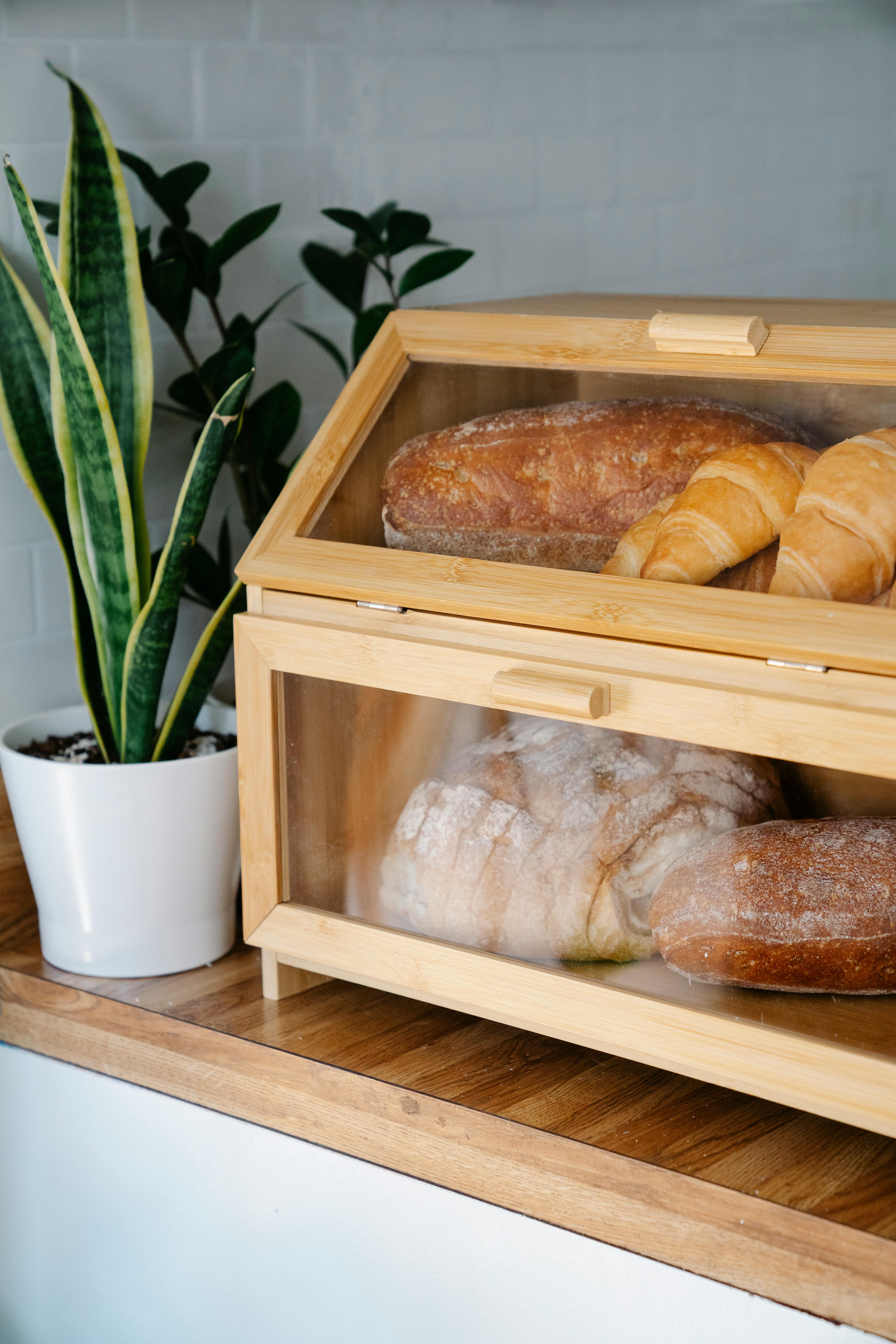Perfecting the Tartine Baguette Recipe: A Step-by-Step Guide
Making the perfect tartine baguette is a rewarding experience that brings the taste of traditional French baking right into your home. This recipe will help you create a crusty, flavorful baguette with the signature light and airy interior, perfect for sandwiches or enjoying with cheese and wine. In this guide, you will learn everything from the basics of making the dough to advanced techniques for improving your baguette-making skills.

Understanding the Fundamentals
The art of making a tartine baguette starts with understanding the fundamentals of baking artisan bread. Tartine bread is known for its chewy, open crumb and a rich flavor profile, largely due to the fermentation process. A key component of this process is the use of sourdough starter, which provides natural leavening without the need for commercial yeast.
Throughout this section, we’ll break down the core principles behind the tartine baguette recipe, including flour selection, hydration, and fermentation. Understanding these elements will set you up for success as you move forward in your baguette-making journey.
1.1 Choosing the Right Flour
The foundation of any good tartine baguette lies in the flour. While you can technically make a baguette with all-purpose flour, to get the authentic flavor and texture, you’ll need a good quality bread flour. Bread flour has a higher protein content, which helps form the gluten network that gives your baguette structure and chewiness.
Some bakers opt for a blend of bread flour and whole wheat flour to enhance the flavor, but it’s entirely up to personal preference. The flour you choose will affect the final taste and texture of your baguette, so experiment with different types to find the combination that works best for you.
1.2 Hydration and Dough Consistency
Hydration is another critical factor when making tartine baguettes. The term “hydration” refers to the ratio of water to flour in your dough. A higher hydration dough will result in a more open crumb and a lighter, airier texture. For tartine baguettes, the hydration level is typically between 70-80%, meaning 70-80g of water per 100g of flour.
When mixing your dough, it’s essential to achieve the right consistency. The dough should feel slightly sticky but should be easy to handle. If it’s too dry, your baguette may turn out dense, while too much water could make it difficult to shape.
Practical Implementation Guide
Now that you’ve learned the basics, it’s time to dive into the step-by-step process of making tartine baguettes. The following guide will take you through each stage of the process, from mixing the dough to baking the perfect baguette. By the end, you’ll have a delicious, artisan loaf that rivals any bakery.

2.1 Actionable Steps
- Step 1: Prepare the Sourdough Starter – Start by feeding your sourdough starter the night before you plan to bake. A healthy starter is key to achieving the signature tangy flavor of tartine bread.
- Step 2: Mix the Dough – In a large mixing bowl, combine the flour, water, and salt. Add your active sourdough starter and mix until the dough comes together. Allow the dough to rest for about 30 minutes before beginning the kneading process.
- Step 3: Kneading and Folding – After the dough has rested, begin kneading it by stretching and folding. This process helps develop the gluten. Repeat this every 30 minutes for the first two hours of fermentation.
- Step 4: Shaping the Dough – Once the dough has fermented, divide it into equal portions. Shape each portion into a long baguette, being careful not to deflate the dough too much. Let the shaped dough rest for about an hour before baking.
- Step 5: Bake the Baguettes – Preheat your oven to 475°F (245°C) with a baking stone inside. Once the oven is hot, score the baguettes and place them on the baking stone. Bake for 25-30 minutes, until golden brown and crispy.
2.2 Overcoming Challenges
As with any complex recipe, there are a few challenges you may encounter along the way. Below are some common obstacles and tips on how to overcome them:
- Sticky Dough – If your dough is too sticky to handle, lightly flour your work surface or hands. However, be cautious not to add too much flour, as it can affect the texture of the bread.
- Over-proofing – Over-proofing can result in a dough that has lost its structure. If you notice that the dough is spreading too much during shaping, it may have proofed for too long. Adjust your proofing times based on the temperature of your kitchen.
- Dense Crumb – If your baguette turns out dense, it could be due to insufficient kneading or folding. Make sure to follow the recommended steps to develop the dough properly.
Advanced Applications
Once you’ve mastered the basic tartine baguette recipe, you can experiment with advanced techniques to enhance your baking skills and achieve even better results. In this section, we’ll cover some expert-level tips and variations that can take your baguettes to the next level.

3.1 Using a Poolish for Extra Flavor
A poolish is a type of pre-ferment that can add more flavor to your baguette. By mixing equal parts water and flour with a small amount of yeast and letting it ferment overnight, you create a base for your dough that results in a more complex flavor profile. This technique is often used in French bakeries and can significantly improve the taste of your tartine baguette.
3.2 Incorporating Different Grains
For a unique twist, try adding different grains to your baguette dough. Rye flour or spelt flour can introduce a nutty flavor and a denser crumb, offering a variation of the traditional tartine baguette. If you’re feeling adventurous, you can even experiment with ancient grains like einkorn or farro for added texture and flavor.
Future Outlook
The world of bread baking continues to evolve, with new techniques and innovations emerging regularly. In the next few years, we can expect to see more emphasis on fermentation methods, with extended fermentation times and different types of starter cultures becoming popular. Additionally, the growing trend towards sustainable baking practices will lead to the use of locally sourced grains and eco-friendly packaging in artisanal breadmaking.
As a baker, staying updated on these trends will help you remain at the forefront of the artisan bread movement and ensure your tartine baguettes always stand out.
Conclusion
By now, you should have a solid understanding of how to make the perfect tartine baguette, from selecting the right ingredients to advanced techniques for enhancing flavor. The process is rewarding, and with a little practice, you’ll be able to create professional-quality baguettes in the comfort of your own kitchen.
Now it’s time to put your skills to the test. Gather your ingredients, prepare your sourdough starter, and get baking. With these tips and techniques, you’ll be well on your way to mastering the art of tartine baguette baking!
Frequently Asked Questions
- Q: How long does it take to make tartine baguettes? It typically takes 12-14 hours, including resting, proofing, and baking time.
- Q: Can I use all-purpose flour instead of bread flour? While bread flour is recommended for its higher protein content, you can substitute all-purpose flour, though the baguette may not have the same structure.
- Q: What should I do if my dough is too sticky? If your dough is too sticky, you can sprinkle a small amount of flour on your hands and work surface, but try not to overdo it as too much flour can affect the texture.
- Q: How do I know when my baguette is fully baked? The baguette should be golden brown with a crispy crust. You can tap the bottom of the loaf; it should sound hollow.
- Q: Can I freeze my tartine baguette? Yes, tartine baguettes freeze well. Just wrap them tightly in plastic wrap or foil and store in the freezer for up to a month.
- Q: How can I make my baguette crustier? To achieve a crisper crust, try baking your baguette with steam. Place a pan of water in the bottom of the oven during the first 10-15 minutes of baking.
- Q: Can I make tartine baguettes without a sourdough starter? While it’s possible to make a baguette with commercial yeast, a sourdough starter is key to achieving the signature flavor of a tartine baguette.
